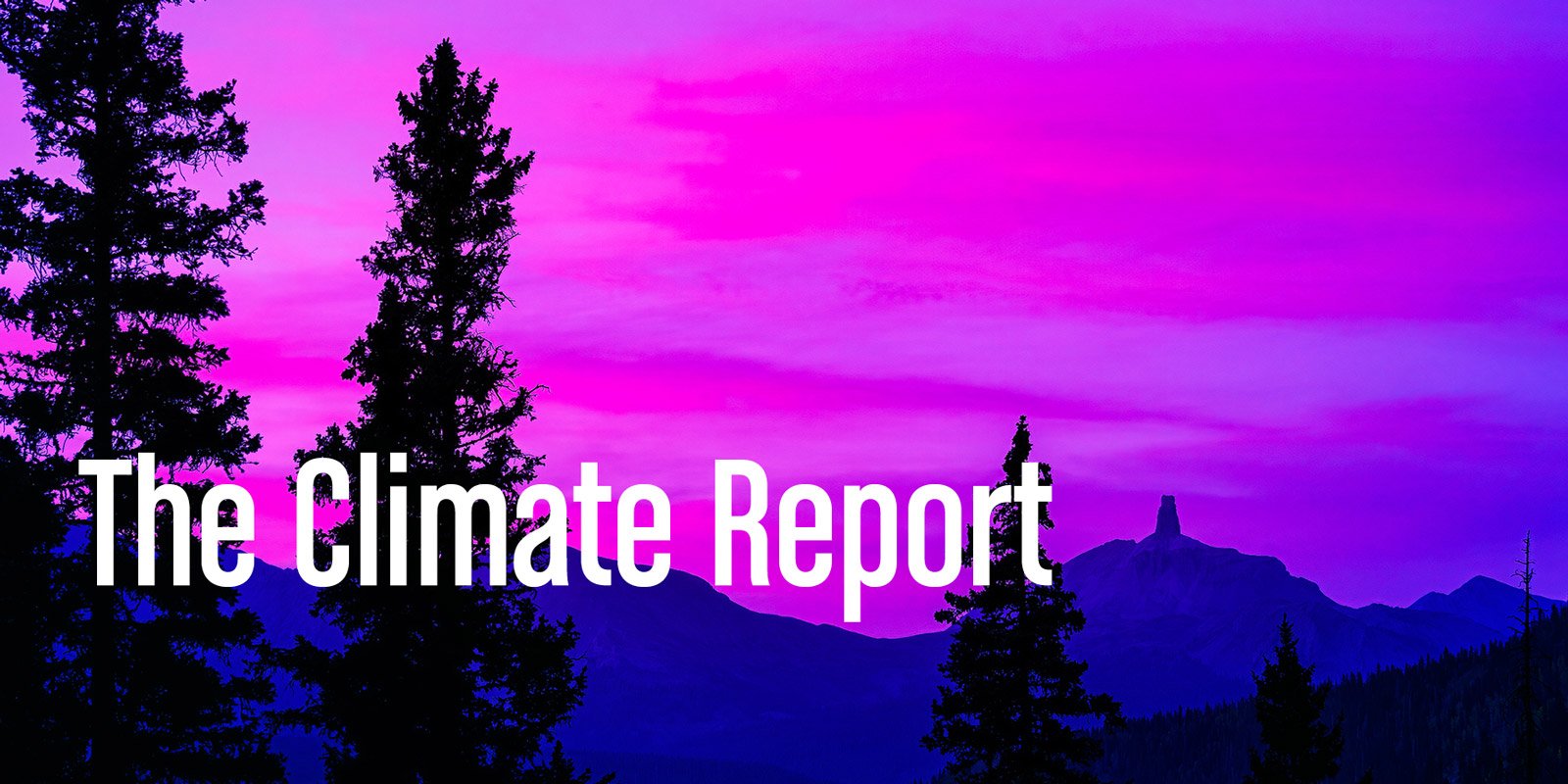
Mexico's REDD+ Projects: Update on GHG Emissions Avoidance
REDD+ National Strategy
In its effort to tackle climate change and the registered emissions in the country, Mexico has developed the National Strategy for Reducing Emissions from Deforestation and Forest Degradation ("ENAREDD" or the "Strategy"), which entered into force in 2017. Its goal is to promote sustainable rural development and preserve and implement national forest carbon stocks.
ENAREDD includes the following main components: (i) public policies and legal framework; (ii) financing schemes; (iii) institutional arrangements; (iv) monitoring, reporting, and verification and reference level; (v) social and environmental safeguards; (vi) communication and capacity development; and (vii) social participation and transparency.
The Strategy is part of Mexico's efforts to comply with its international commitments in terms of greenhouse gas emissions contained in the Kyoto Protocol and, now, the Paris Agreement. As noted in Article 7, Section LXI of the General Law for Sustainable Forestry Development (the "LGDFS"), "[f]orest ecosystems function as carbon sinks providing environmental services of carbon dioxide absorption, sequestration, fixation and storage."
By establishing the conservation of forests and mangroves, and thus avoiding emissions, the Strategy aims not only to address climate change, but also to guarantee the quality of life of human communities. This includes safeguarding the provision of environmental services that allow food production and protection against natural disasters, among others. As also stated in Article 7, Section LXI of the LGDFS, "[b]enefits provided by ecosystems" include "provisioning, regulating, supporting or cultural services, and which are necessary for the survival of the natural and biological system as a whole, and which provide benefits to humans."
In accordance with ENAREDD policies, those parties that wish to compensate for their avoided emissions may register a project under the Strategy's voluntary market. In order to do so, a holistic tracking and follow-up program on the sequestered emissions must be developed by the country to assure that double counting of emissions is avoided. Such is the reason why the LGDFS mandates that "a national monitoring system, in order to evaluate and systematize the reduction of emissions derived from actions to prevent and combat deforestation and degradation of forest ecosystems" must be created. The way avoided emissions are counted and their benefits distributed among those claiming credits remain to this day one of the challenges in the implementation of the Strategy, leaving the projects with a level of uncertainty. This is due to the fact that, according to the Strategy, the nation (through the federal government) will be the beneficiary of payments resulting from the avoidance of emissions. This, evidently, is problematic for project developers and may discourage new ones.
Regarding blue carbon projects (those focused on the protection and restoration of coastal ecosystems as a way to reduce the impacts of climate change), under the ENAREDD, the protection of mangroves is a critical part of emissions avoidance, as Mexico has the fourth largest of this type of ecosystem worldwide. With respect to mangroves' protection, these are considered a wildlife species under Mexican Law. Therefore, they are subject to specific provisions regarding protection and utilization established in: (i) the General Law of Ecological Balance and Environmental Protection and its Regulations on Environmental Impact Evaluation; (ii) the General Wildlife Law and its Regulations; (iii) the Mexican Official Standard NOM-022-SEMARNAT-2003, "[t]hat establishes the specifications for the preservation, conservation, sustainable utilization and restoration of coastal wetlands in mangrove areas"; and (iv) the LGDFS.
On the above, among other applicable requirements, blue carbon projects must comply with the "Additionality" criterion, which requires that resources resulting from the carbon credits are needed to achieve the desired emissions avoidance; therefore, the mentioned mangrove protections, pose certain challenges as they must be preserved by law.
Projects in Mexico
According to information published by Mexico's authorities, REDD+ projects in the country have included the States of Jalisco, Campeche, Quintana Roo, Yucatán, and Chiapas. Furthermore, the State of Mexico, Michoacán, and Oaxaca have recently begun the implementation of REDD+ projects in their territories. Likewise, the National Forestry Commission published a short list of the ongoing projects developed under the REDD+ scheme.
Within the scope of the abovementioned Mexican Legislation to reduce deforestation and forest degradation, certain international entities have developed mangrove conservation and restoration projects in several locations nationwide, which are in the process of being, but have not yet been, certified.
Regulatory Update
The LGDFS and the General Law for Climate Change ("LGCC") regulate carbon capture and avoided emissions projects under ENAREDD. Regarding the LGCC, one of its objectives is to "regulate the emissions of greenhouse gases and compounds so that Mexico contributes to achieve the stabilization of their concentrations in the atmosphere at a level that prevents dangerous anthropogenic interference in the climate system."
The LGDFS was recently amended by the Federal Congress to allow owners and legitimate possessors of forest lands to compensate or transfer emissions credits in national and international voluntary markets in accordance with general provisions established by the Ministry of the Environment and Natural Resources ("SEMARNAT"). However, the legal reach to be given by the latter is still unclear, and the amendments generate gray areas.
The implementing guidelines for these amendments are still to be published by SEMARNAT. One of the main concerns of project developers is that, considering ENAREDD positions on the matter, general guidelines may limit the capacity of landowners to receive avoided emissions benefits. Final guidelines from SEMARNAT and how they are ultimately implemented remain to be seen, but should be closely monitored, as they will impact emissions avoidance projects going forward.

